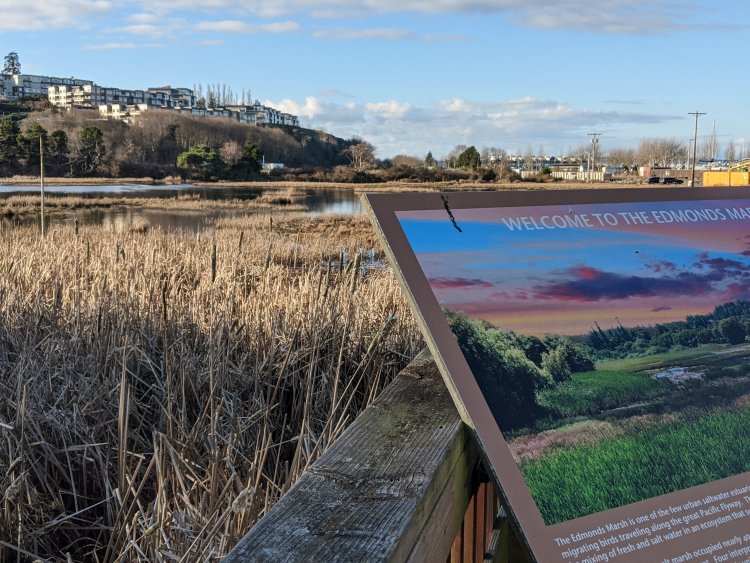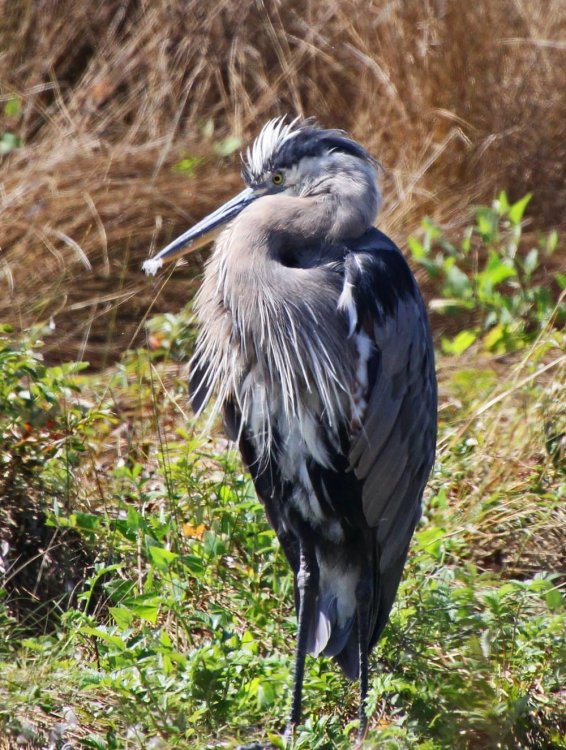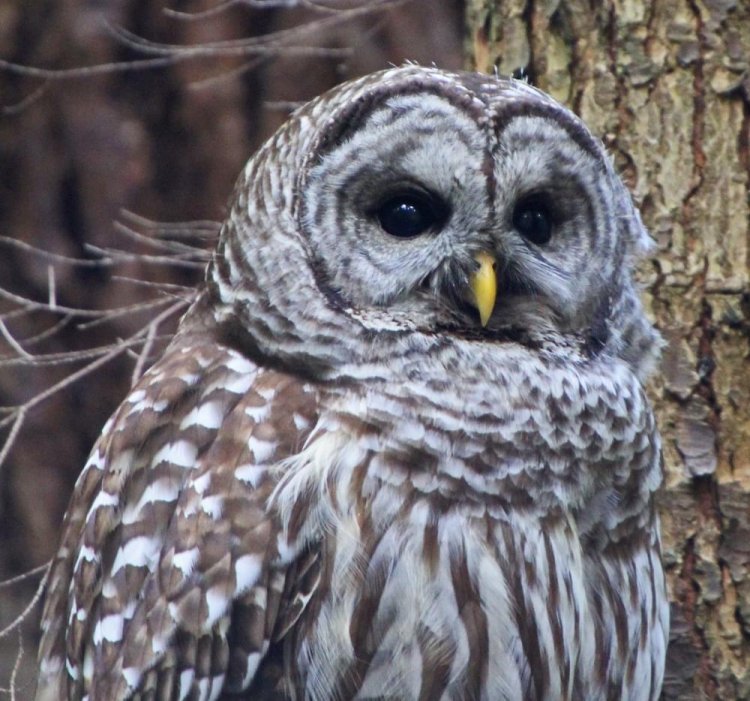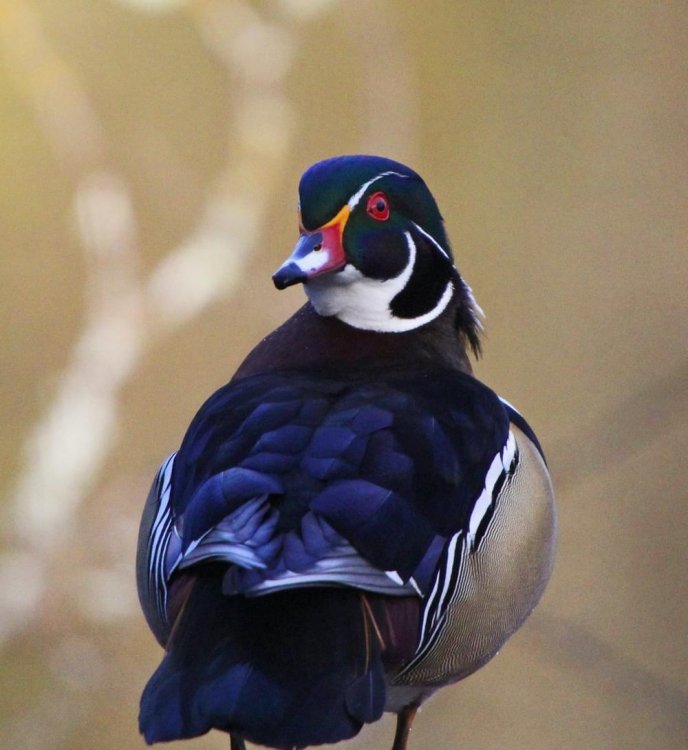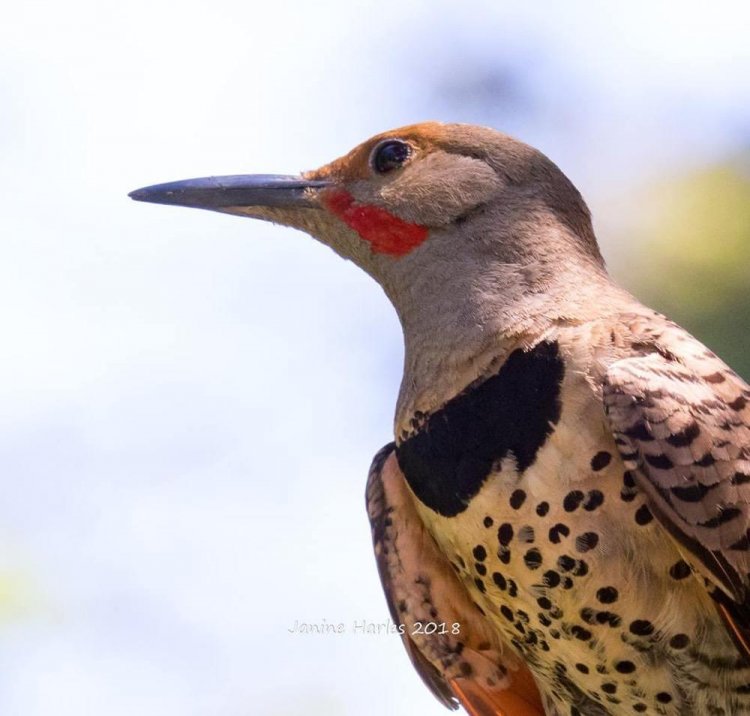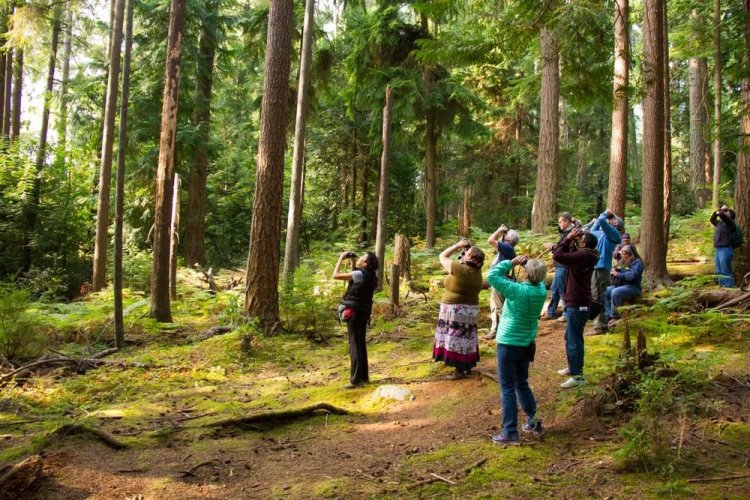COVID-19 might’ve grounded humans, but birds of a different feather still fly around together, as carefree as can be. For birders and bird watchers, Edmonds remains a prime piece of real estate to watch a most glorious show.
Every year, Edmonds welcomes 180-190 species of birds on water, in fields, marshes, wetlands, forests, and your own backyard. Avid birders track many species passing through or setting up shop, with a few exciting visitors making their debut appearance in the Pacific Northwest.
On any given season, week, or day, you can spot a Bald Eagle, the Great Blue Heron, Stellar Jay, Belted Kingfisher, Barred Owl, Anna's Hummingbird… The thrilling list goes on.
The best bird watching spots: 22.5-acre urban saltwater estuary Edmonds Marsh, the Puget Sound shoreline and fishing pier, Yost Memorial Park, Pine Ridge Park, or just look up.
Nicholas Lund of the Audubon Society chirps that birding is a "lifelong scavenger hunt played across the entire earth. It’s equal parts science and poetry, hoots of triumph and quiet reflection, adventures to far-flung corners of the world and discoveries in your own back yard."
That does sound like a worthy pursuit, doesn't it? He offers some advice on how to begin birding. He says to start by getting your hands on a field guide: Edmonds Bookshop is a great place to look for that. Then, just decide what bird you're going to look for. Once you've done a little research to ensure they're in the area, go forth and explore! Easy as that.
Head on over to the American Birding Association’s Birding News for all the sightings in your area and Puget Sound Bird Fest in Edmonds for a comprehensive checklist.
Puget Sound Express (PSE) offers a three-day birdwatching cruise through the San Juan Islands, departing from Sequim. The next cruise is April 13-15. PSE also does Puffin and Protection Island Bird Migration Cruises.
Grab your morning coffee at Waterfront Coffee Co., close to the ferry and waterfront, where you can go for a walk while you wait for the boat, and spy the shorebirds and eagles there.
It's a two-hour trip before you get on the cruise, so start early, and spot a plethora of fine feathered friends just before getting to the tour boat!
Best of all, it doesn’t cost a thing. Just bring your eyes, maybe a pair of "bins" (binoculars), camera, and a notebook to document your personal sightings. Once you see a new bird and hear its original song, it's yours. Forever.
Whoa...is that a Cedar Waxwing?
